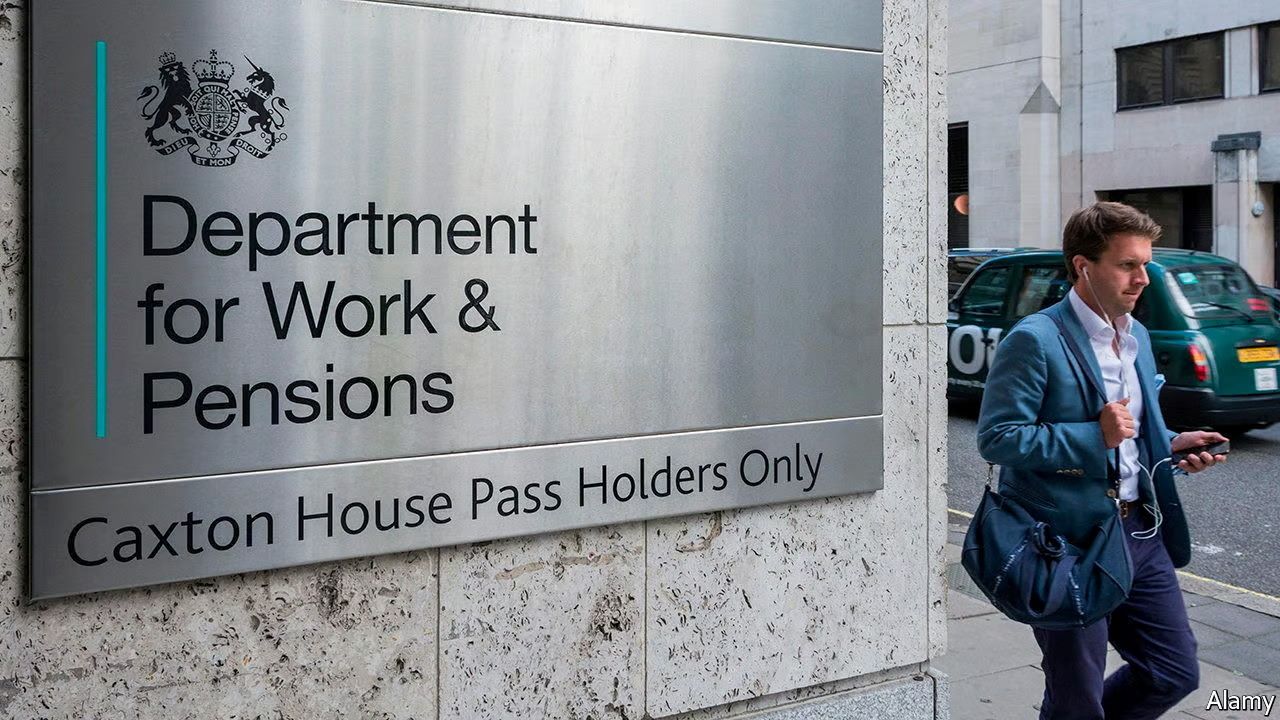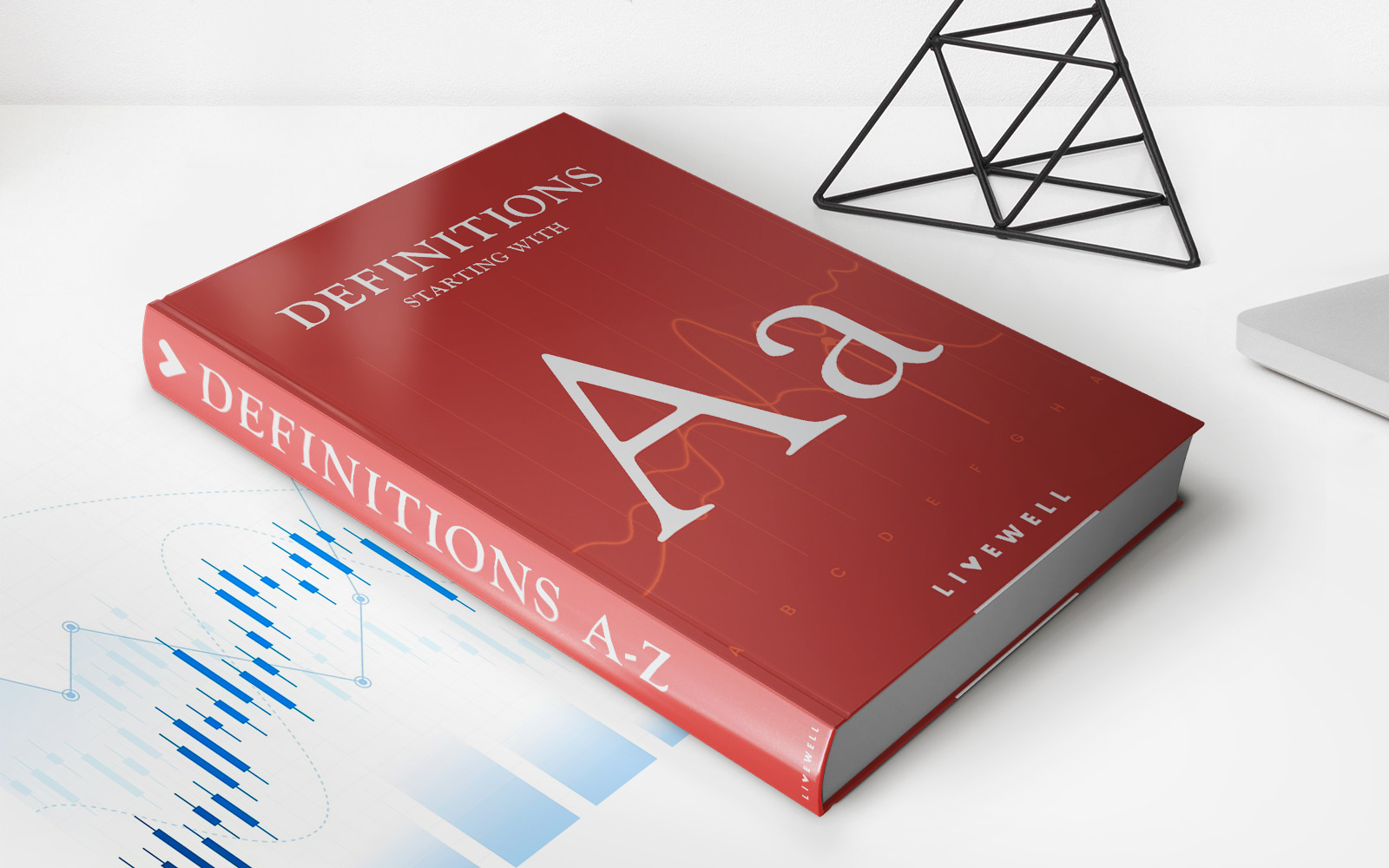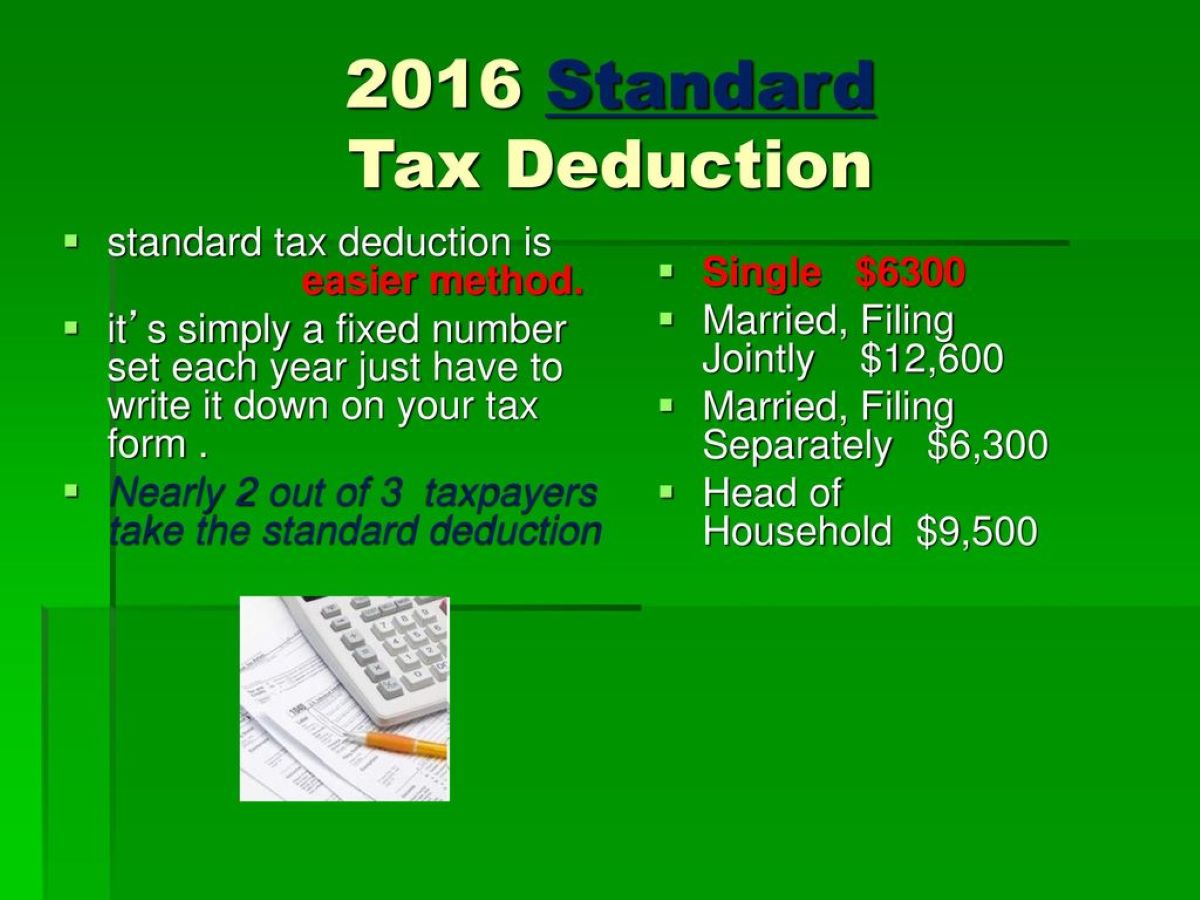

Finance
How Do Pensions Work In The UK?
Published: January 22, 2024
Learn how pensions work in the UK and get expert advice on managing your finances for a secure future. Explore retirement planning and pension options.
(Many of the links in this article redirect to a specific reviewed product. Your purchase of these products through affiliate links helps to generate commission for LiveWell, at no extra cost. Learn more)
Table of Contents
Introduction
Pensions play a crucial role in securing financial stability during retirement, and understanding how they work is essential for individuals planning their future. In the United Kingdom, the pension system encompasses various schemes, including the state pension, workplace pensions, and personal pensions. Each type offers distinct benefits and considerations, catering to the diverse needs of the population.
As the population ages and life expectancy increases, the significance of pensions in providing a reliable income during retirement cannot be overstated. With the evolving landscape of pension regulations and options, it's vital for individuals to grasp the fundamentals of how pensions operate, including their funding, contributions, tax implications, and withdrawal mechanisms.
This comprehensive guide aims to demystify the intricacies of pensions in the UK, shedding light on the different types of pensions available, how they are funded, the tax relief associated with pension contributions, and the various retirement options. By delving into these aspects, readers will gain valuable insights into navigating the pension landscape, making informed decisions, and ultimately securing a stable financial future.
Types of Pensions in the UK
In the UK, the pension landscape encompasses several key types of pensions, each serving distinct purposes and catering to different sets of individuals. Understanding the differences between these pension options is essential for making informed decisions regarding retirement planning.
- State Pension: The state pension is a regular payment from the government that individuals are entitled to receive once they reach the state pension age. This pension is based on the individual’s National Insurance contribution record and is a foundation of retirement income for many people.
- Workplace Pension: Workplace pensions, also known as occupational pensions, are arranged by employers to help employees save for retirement. These pensions can take the form of defined benefit or defined contribution schemes, with contributions typically made by both the employee and the employer.
- Personal Pension: Personal pensions are individual retirement savings plans that allow individuals to make regular contributions to build a pension pot. These pensions are suitable for those who are self-employed or do not have access to workplace pensions.
Each type of pension comes with its own set of rules, benefits, and considerations. By exploring the nuances of these pension options, individuals can tailor their retirement planning to align with their specific needs and circumstances.
State Pension
The state pension serves as a foundational element of retirement income for individuals in the UK. Eligibility for the state pension is based on an individual’s National Insurance contribution record. To qualify for the full state pension, a minimum of 10 qualifying years of National Insurance contributions is required, while 35 years of contributions are needed to receive the maximum amount.
As of the 2021-2022 tax year, the full new state pension amounts to £179.60 per week. The state pension age is currently undergoing changes, gradually increasing to 66 for both men and women. It is imperative for individuals to check their state pension age, as it may differ based on their date of birth.
Furthermore, the state pension offers valuable options for those who have not accrued sufficient National Insurance contributions. The government provides the option to make voluntary contributions to fill gaps in the contribution record, ensuring that individuals can maximize their entitlement to the state pension.
Understanding the intricacies of the state pension system is crucial for effective retirement planning. By comprehending the eligibility criteria, contribution requirements, and the available options for increasing state pension entitlement, individuals can make informed decisions to secure a reliable income during their retirement years.
Workplace Pension
Workplace pensions, also known as occupational pensions, are pivotal components of retirement planning for employees in the UK. These pensions are established by employers to facilitate long-term savings for their employees, ensuring financial security during retirement.
There are two primary types of workplace pensions: defined benefit and defined contribution schemes. In defined benefit schemes, the eventual pension amount is typically based on the individual’s salary and the length of their employment. Conversely, defined contribution schemes involve contributions from both the employee and the employer, with the eventual pension amount dependent on the total contributions and the performance of the pension fund.
Auto-enrolment, a government initiative, mandates that employers automatically enroll eligible workers into a workplace pension scheme. This initiative aims to encourage more individuals to save for retirement, with both the employee and employer making contributions, bolstering the pension pot over time.
Understanding the specifics of workplace pensions, including contribution rates, investment options, and employer obligations, is crucial for employees. By actively participating in a workplace pension scheme, individuals can take advantage of employer contributions and tax benefits, thereby bolstering their retirement savings in a structured and sustainable manner.
Personal Pension
Personal pensions serve as versatile retirement savings vehicles for individuals who seek to build a pension pot outside of workplace pension arrangements. These pensions are particularly beneficial for those who are self-employed, do not have access to workplace pensions, or wish to supplement their existing pension provisions.
One of the key advantages of personal pensions is the flexibility they offer. Individuals can choose the amount and frequency of their contributions, providing autonomy in tailoring their pension savings to suit their financial circumstances. Moreover, personal pensions enable individuals to consolidate multiple pension pots from previous employments, streamlining their retirement savings and facilitating a more comprehensive overview of their pension provisions.
While personal pensions offer autonomy and flexibility, it is essential for individuals to consider factors such as investment choices, charges, and potential tax implications. Assessing the performance of the pension fund and periodically reviewing the investment strategy can contribute to optimizing the growth of the pension pot over time.
Furthermore, personal pensions present various retirement options, including the choice between annuities and income drawdown. Annuities provide a guaranteed income for life, while income drawdown allows individuals to withdraw sums from their pension pot while the remaining balance continues to be invested.
By comprehending the nuances of personal pensions and seeking professional advice where necessary, individuals can effectively leverage these retirement savings vehicles to bolster their financial security during retirement.
How Pensions are Funded
Pensions in the UK are funded through a combination of contributions from individuals, employers, and, in the case of the state pension, the government. Understanding the funding mechanisms of pensions is essential for individuals to comprehend how their retirement savings are accumulated and managed.
State Pension Funding: The state pension is funded through the National Insurance contributions made by individuals during their working years. These contributions form the basis for eligibility and the calculation of the state pension amount. The government allocates funds from the national budget to meet the expenditure associated with state pension payments.
Workplace Pension Funding: Workplace pensions involve contributions from both employees and employers. Employees contribute a percentage of their earnings to the pension scheme, while employers are also mandated to make contributions on behalf of their employees. The total contributions are then invested to grow the pension pot over time, ultimately providing a source of income during retirement.
Personal Pension Funding: Personal pensions are funded through regular contributions made by individuals. These contributions can be tailored to suit the individual’s financial capacity and retirement goals. Additionally, tax relief is available on personal pension contributions, providing an incentive for individuals to bolster their pension savings.
Understanding the funding dynamics of pensions empowers individuals to make informed decisions regarding their retirement planning. By comprehending the sources of pension funding and the mechanisms through which contributions are invested and managed, individuals can take an active role in maximizing their retirement savings and securing a stable financial future.
Pension Contributions
Pension contributions form the cornerstone of building a substantial retirement fund, and understanding the dynamics of contributions is pivotal for individuals planning for their future. Contributions to pensions can emanate from various sources, including individuals, employers, and, in the case of the state pension, the government.
Individual Contributions: Individuals can make contributions to their pension funds through various means, such as regular payments into personal pension schemes or additional voluntary contributions to workplace pensions. The amount and frequency of contributions can be tailored to align with the individual’s financial circumstances and retirement objectives.
Employer Contributions: Workplace pensions typically involve contributions from both employees and employers. Employers are mandated to contribute to their employees’ pension schemes, enhancing the overall value of the pension pot. The inclusion of employer contributions serves as a valuable incentive for employees to actively participate in workplace pension schemes, fostering long-term financial security.
Government Contributions: The state pension, a fundamental component of retirement income, is funded through National Insurance contributions made by individuals during their working years. The government allocates funds from the national budget to fulfill its obligations towards state pension payments, ensuring a reliable source of income for retirees.
By comprehending the significance of pension contributions and the diverse avenues through which contributions are made, individuals can proactively engage in bolstering their retirement savings. Additionally, seeking professional financial advice can aid individuals in optimizing their pension contributions to align with their long-term financial goals and aspirations for retirement.
Tax Relief on Pension Contributions
Tax relief on pension contributions serves as a valuable incentive for individuals to bolster their retirement savings, offering a mechanism to enhance the growth of pension pots through tax-efficient contributions. Understanding the nuances of tax relief on pension contributions is essential for individuals seeking to optimize their retirement provisions while benefiting from potential tax advantages.
For individuals contributing to personal pension schemes, tax relief is granted based on the individual’s income tax rate. This means that for basic rate taxpayers, every £100 contributed to a pension effectively costs £80 after factoring in tax relief. Higher and additional rate taxpayers can claim additional tax relief through their self-assessment tax returns, further augmenting the benefits of pension contributions.
Employer contributions to workplace pensions are also eligible for tax relief, providing a tax-efficient avenue for employers to support their employees’ retirement savings. These contributions are not subjected to income tax or National Insurance contributions, bolstering the overall value of the pension pot and fostering a conducive environment for long-term financial security.
Moreover, the tax relief associated with pension contributions presents an opportunity for individuals to mitigate their tax liabilities while simultaneously fortifying their retirement provisions. By availing of tax relief on pension contributions, individuals can optimize their pension savings, harnessing the potential for sustained growth and enhanced financial security during retirement.
Comprehending the tax implications and benefits of pension contributions empowers individuals to make informed decisions regarding their retirement planning. Seeking professional financial advice can further aid individuals in leveraging tax relief opportunities to maximize the value of their pension provisions in a tax-efficient manner.
Pension Withdrawals and Retirement Options
Upon reaching retirement age, individuals are presented with various options for accessing their pension savings, each carrying distinct considerations and implications. Understanding the available retirement options and the mechanisms for pension withdrawals is crucial for individuals as they transition into the next phase of their lives.
Annuities: Annuities provide a guaranteed income for life, offering a stable source of retirement income. Individuals can use their pension pot to purchase an annuity, with the income payments commencing immediately or at a predetermined future date. Annuities are available in various forms, including fixed-term, escalating, and joint-life annuities, catering to different retirement needs and preferences.
Income Drawdown: Income drawdown, also known as pension drawdown, allows individuals to withdraw sums from their pension pot while the remaining balance continues to be invested. This option provides flexibility in managing retirement income, enabling individuals to make withdrawals according to their financial requirements while potentially benefiting from investment growth.
Lump Sum Withdrawals: Individuals can opt to withdraw a portion of their pension pot as a tax-free lump sum, with the remaining balance utilized to secure a regular income through annuities or income drawdown. The tax-free lump sum option provides individuals with immediate access to a portion of their pension savings, facilitating financial flexibility during retirement.
By comprehending the array of retirement options and withdrawal mechanisms, individuals can tailor their approach to pension access in alignment with their financial goals and lifestyle preferences. Seeking professional financial advice is paramount in navigating the complexities of pension withdrawals, ensuring that individuals make well-informed decisions that optimize their retirement income and financial security.
Pension Protection
Protecting pension savings is paramount in ensuring financial security during retirement, and various safeguards and mechanisms are in place to fortify pension provisions for individuals in the UK. Understanding pension protection measures is essential for individuals to mitigate risks and safeguard their retirement income against unforeseen circumstances.
The Pension Protection Fund (PPF): The PPF serves as a safety net for individuals who are members of defined benefit pension schemes. In the event of their employer becoming insolvent and unable to fund the pension scheme, the PPF steps in to pay compensation, providing reassurance and protection for pension scheme members.
The Financial Services Compensation Scheme (FSCS): The FSCS offers protection for individuals who have invested in pension products that are covered by the scheme. In the event of a financial services firm failing and unable to fulfill its obligations, the FSCS provides compensation, safeguarding the interests of pension holders.
Pension Lifetime Allowance (LTA): The LTA sets a limit on the amount of pension savings an individual can accrue without incurring additional tax charges. Understanding the LTA is crucial for individuals with substantial pension savings, as exceeding the allowance can lead to tax implications. Seeking professional advice can aid individuals in managing their pension savings within the confines of the LTA.
Comprehending the various forms of pension protection and the implications of each measure empowers individuals to make informed decisions regarding their retirement provisions. Seeking professional financial advice is instrumental in navigating pension protection mechanisms, ensuring that individuals optimize their pension safeguards and secure a stable financial future during retirement.
Conclusion
As individuals navigate the complex landscape of pensions in the UK, a comprehensive understanding of the available options, funding mechanisms, tax implications, and retirement choices is pivotal in securing a stable financial future during retirement. By delving into the intricacies of state pensions, workplace pensions, and personal pensions, individuals can tailor their retirement provisions to align with their unique circumstances and aspirations.
Furthermore, comprehending the significance of pension contributions and the associated tax relief empowers individuals to actively engage in bolstering their retirement savings in a tax-efficient manner. The availability of various retirement options, including annuities, income drawdown, and lump sum withdrawals, presents individuals with the flexibility to structure their retirement income according to their financial needs and preferences.
Moreover, pension protection measures, such as the Pension Protection Fund and the Financial Services Compensation Scheme, offer reassurance and safeguards for individuals, mitigating risks and fortifying pension provisions against unforeseen eventualities.
Ultimately, the journey towards a secure and fulfilling retirement necessitates proactive engagement with pension planning, informed decision-making, and, where necessary, seeking professional financial advice. By leveraging the insights and knowledge encompassed in this guide, individuals can navigate the complexities of pensions with confidence, optimizing their retirement provisions and embarking on a path towards sustained financial security and peace of mind during their retirement years.













